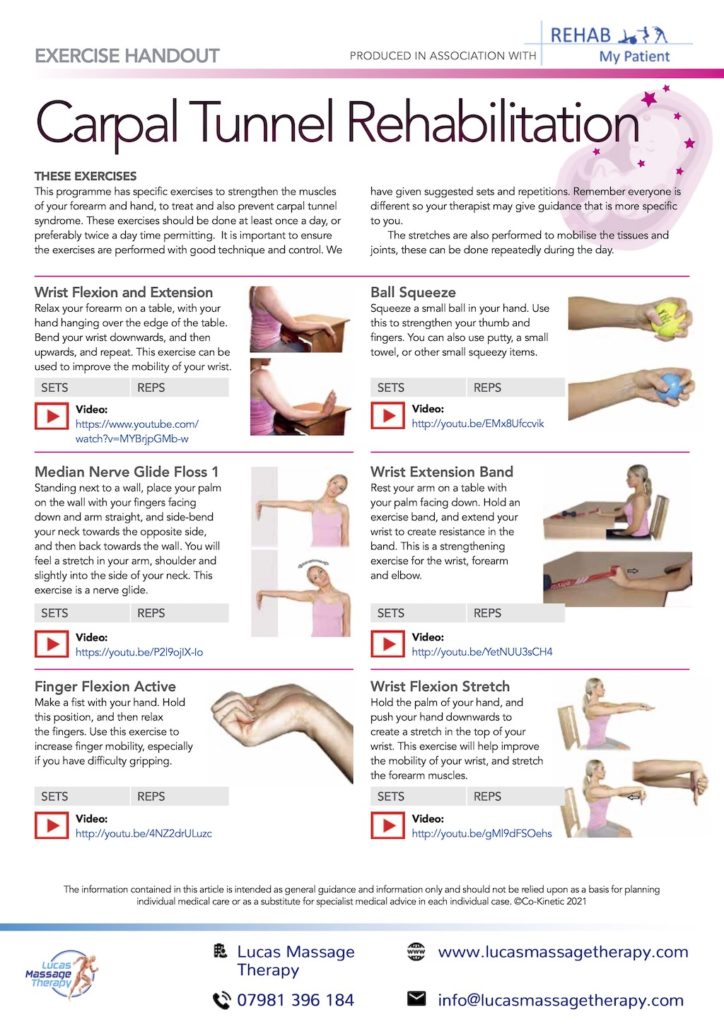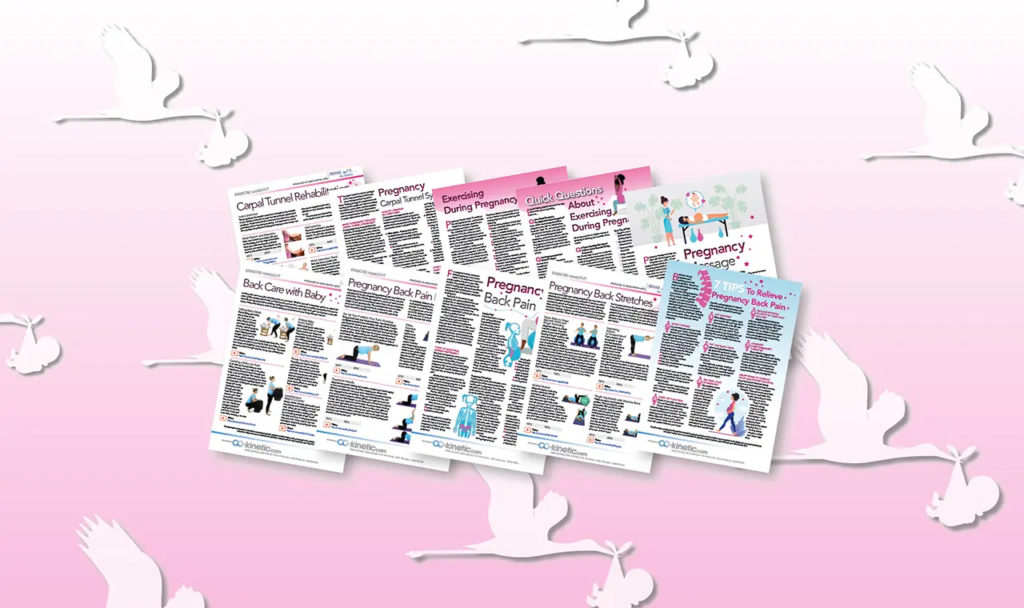Pregnancy Carpal Tunnel Syndrome
The carpal tunnel is a confined pathway located in the wrist, constructed by tiny bones and a robust connective tissue band. Within the carpal tunnel, various structures pass through, such as tendons, blood vessels, and nerves, including the median nerve responsible for controlling hand sensation and movement. When the median nerve experiences compression or pressure, it results in carpal tunnel syndrome.
WHAT IS PREGNANCY CARPAL TUNNEL SYNDROME?
Pregnancy can lead to an increase in fluid and loosening of ligaments in the hand and wrist, which may result in the compression of nerves and blood vessels in the carpal tunnel. The build-up of fluid can specifically exert pressure on the median nerve, resulting in a tingling or numb sensation in the hands and fingers. Around 60 out of every 100 pregnant women may encounter symptoms associated with carpal tunnel syndrome.
Symptoms can vary and range from mild to severe, potentially affecting one or both hands. Typically, symptoms worsen at night and in the morning.
They encompass:
● numbness and tingling sensations in the fingers, hands, and wrists
● pain or pulsating discomfort in the fingers, wrists, or forearm
● swollen and warm fingers and thumb
● disrupted sleep
● challenges in gripping objects and performing intricate tasks like shampooing hair or buttoning up clothes
● pain experienced when holding a toothbrush or even carrying a baby
● in certain cases, weakened strength leads to clumsiness in hand movements, such as difficulty gripping or dropping items
WHEN WILL THE PROBLEM GO AWAY?
Typically, the symptoms should start to alleviate shortly after your baby is born and will gradually improve within a few weeks.
HOW DO I MANAGE MY SYMPTOMS?
For pregnancy-related carpal tunnel syndrome, it is advised to try conservative management for a maximum of 3 months. If symptoms persist beyond this period, it is recommended to seek medical advice from a doctor, sports massage therapist or physiotherapist.
1. Utilize wrist splints to alleviate pain and prevent excessive bending of the wrists. These can be obtained from a pharmacy or recommended by a physiotherapist. Aim to wear the splints consistently, even during sleep, for optimal effectiveness.
2. Adjust your daily routines. By altering the manner in which you carry out your everyday activities, you can lessen the amount of wrist bending and pressure on the carpal tunnel. This can be beneficial in improving and managing the symptoms. Strive to maintain a relaxed and neutral position of the wrist. If your symptoms are present in only one hand, try to avoid sleeping on that side and consider elevating the arm with a pillow. Additionally, be mindful of preventing your wrist from bending or collapsing forward during your regular tasks.
Using a wrist splint can be beneficial. Adjust tasks involving heavy lifting or actions that worsen the symptoms, such as repetitive actions like writing, typing, using a computer mouse, carrying groceries, and doing household chores. Seek assistance with food preparation or tasks that trigger symptoms. Take regular breaks from repetitive activities and consider utilizing ergonomic tools like a customized keyboard, mouse, or mousepad when necessary.
3. Physical activity and various movements can be beneficial in managing the symptoms. Engaging in exercises and stretches that target the wrists has proven to be effective in alleviating discomfort. Your sports massage therapist can provide you with specific exercises to perform in the comfort of your own home. These exercises aim to alleviate stiffness in the finger joints and reduce swelling.
4. To address hand and wrist swelling, implementing strategies to minimize or control the swelling can be advantageous. Applying cold packs to the inner area of the wrist or immersing hands in cold water for a duration of 30 seconds to 1-2 minutes may aid in reducing swelling. Cease if symptoms worsen. Additionally, periodically resting with hands elevated above the heart for a few minutes, multiple times a day, could be attempted. Prior to taking pain relief medication, it is imperative to consult with your doctor, midwife, or pharmacist, as certain pain medications may not be suitable for use during pregnancy.
Carpal Tunnel Exercises

HOW DO I MANAGE UNTIL MY PAIN SUBSIDES AFTER BIRTH?
Your symptoms may take time to improve, and it may be necessary to continue modifying your daily activities, such as baby care, after giving birth. Consider the following suggestions:
● Keep using splints if you require them.
● To avoid straining your arms and wrists while breastfeeding, place a pillow under your baby and support their head with your forearm.
● Consult with your midwife, child health nurse, or lactation consultant for alternative feeding positions if needed (e.g., side-lying).
● Experiment with different ways of carrying and picking up your baby to prevent wrist strain. Regularly changing your baby handling techniques can reduce pressure on your wrist and hand.
● Whenever possible, use a pram or baby carrier.

Download our complimentary Lucas Massage Therapy guides, which are designed to be user-friendly and provide comprehensive information on exercising safely, alleviating common issues, and embracing a joyful and healthy pregnancy. Download them now for free.
**You will learn:**
- The right way to exercise during your pregnancy
- Exercises to avoid lower back pain
- Pregnancy back stretches
- Why massage is a ‘must’, not a treat, during pregnancy
- Why carpal tunnel syndrome is a common complaint and exercises to avoid it
And many more useful tips to help you look after your baby, and yourself, over the coming months
So let’s get started. Click download and learn everything you need to know about how to exercise safely, reduce common complaints and enjoy a happy, healthy pregnancy.

